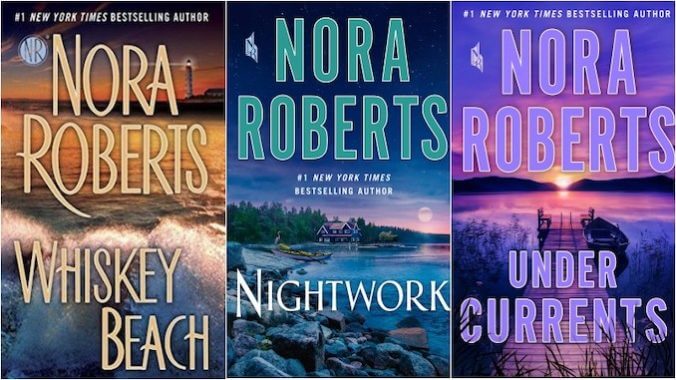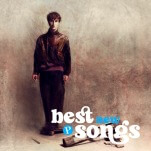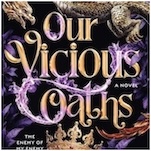How Nora Roberts Became the Undisputed Queen of Romance

Every genre of literature has its stars. Stephen King is the reigning monarch of modern horror. James Patterson and his assembly line of ghostwriters are heralded as leaders in suspense. You could fight a veritable Hunger Games with the current figureheads of young adult fiction. With romance, there are many beloved writers who have made the genre what it is, but they all know that they’re pretenders to the throne. The undeniable possessor of the crown is the one and only Nora Roberts.
Let’s look at the numbers: Over 271 books published (57 of which are part of the In Death series, written under the pseudonym JD Robb), 75 of which debuted in the number one spot of the New York Times bestseller list; reported sales of over 500 million titles, translated into at least 25 languages; an estimated net worth of around $400 million; and the first author to be inducted into the Romance Writers of America Hall of Fame (plus 12 RITA Awards from the same organization to keep her shelves full.) This year alone, she has four new releases on the calendar. She is prolific, popular, and revered on a level that can only be rivaled by the likes of Stephen King, and even he’s never come close to matching Roberts’ output.
Born Eleanor Marie Robertson, Roberts started writing during a blizzard in February 1979. While stuck at home, with two young boys running wild, she needed something to keep her busy and sane. So she turned to writing stories, scribbling down one of the ideas that had been bouncing around her head for a while. She fell in love with the process and decided to submit one of her growing pile of manuscripts to Harlequin. They repeatedly rejected her, and she eventually landed at a then-new publisher, Silhouette Books, which was focused on American romance writers. Her first novel Irish Thoroughbred was published in 1981, and between 1982 and 1984, she wrote a staggering 23 novels for the publisher and its various imprints.
As the years passed, her readership grew and so did her ambition. She moved from category novels to hardbacks and began a crime series set in a futuristic New York called In Death, which soon became almost as popular as her romances. Her focus moved around subgenres, from family sagas and historicals to suspense and fantasy. Soon, she was one of the biggest-selling writers of all time.
-

-

-

-

-

-

-

-

-

-

-

-

-

-

-

-

-

-

-

-

-

-

-

-

-

-

-

-

-

-

-

-

-

-

-

-

-

-

-

-








































